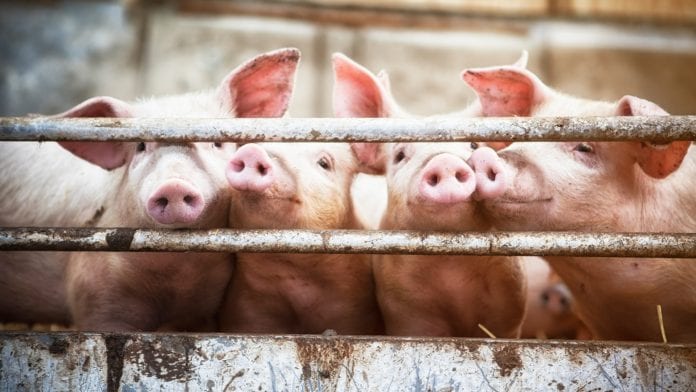
Dr Olivier Espeisse, of AnimalhealthEurope, discusses how the alternative to antibiotics for animals is prevention of disease.
Tackling drug resistance is often treated like the climate crisis, with the misconception that the threat can be managed if we develop new and sustainable alternatives to antibiotics for animals.
The reality is that unlike fossil fuels, there are no alternatives to antibiotics for treating bacterial disease in either people or animals.
Veterinarians cannot use anything other than antibiotics to treat sick livestock and minimise the risk to other animals and people without compromising on animal health and welfare.
Disease prevention
The only alternative, then, is disease prevention. Only by exploiting the full spectrum of veterinary tools and techniques is it possible to reduce the occurrence of bacterial disease, and with it, the need for antibiotics.
Europe was among the first major markets to recognise this and has led the way when it comes to developing the strategies for controlling animal disease.
In the Netherlands, for example, a national initiative to monitor antibiotic use and encourage responsible use led to livestock farmers adopting measures that improved overall animal health and susceptibility to disease.
This included increasing vaccination against preventable disease, improving hygiene standards and using other therapeutic methods for boosting the immunity of animals.
As a result, antibiotic sales fell by more than 60% between 2009 and 2017, with little impact on trade and livelihoods, demonstrating that improvements in responsible antibiotic use were possible without enforced controls or losses.
In the UK, antibiotic use in food-producing animals also fell from almost 370 tonnes in 2013 to around 200 tonnes in 2017.
This decrease coincided with a “One Health” approach that recognised the links between human and animal health, and made recommendations for infection prevention and control.
One Health strategy
Such a strategy as the One Health strategy has been particularly effective when it comes to controlling diseases that pass between animals and people, posing double the need for antibiotic treatment.
Vaccinating pigs against salmonella, for example, not only minimises the risk of pigs needing treatment, but it also minimises the risk of AMR transfer to people, reducing the likelihood of needing antibiotics for both.
Finally, the EU was among the first market to outlaw the use of medically important antibiotics as growth promoters.
Since 2006, farmers have indeed found alternative ways to ensure the healthy growth and development of their animals, which has included infection prevention, biosecurity measures on the farm, and improved nutrition.
The result is that, at least in Europe, antibiotics are increasingly preserved for their vital role in treating bacterial disease.
The achievements of countries like the UK, the Netherlands, France and many others in bringing down antibiotic use should be an example for other parts of the world where antibiotics continue to be misused, either through a lack of information or a lack of access, or both.
At the heart of these successes have been significant improvements in animal disease prevention and treatment as well as surveillance and monitoring of antibiotic use.
There is no question that there is more to do – by the public and private sector – to properly manage the threat of drug resistance.
By better protecting animals from the threat of disease through vaccination, and identifying and treating health issues earlier, we can bring down disease levels and with it, the need for antibiotics.
Dr Olivier Espeisse
Chair of the AMR Group
AnimalhealthEurope







